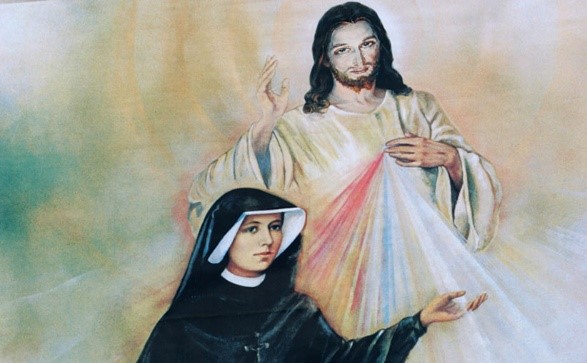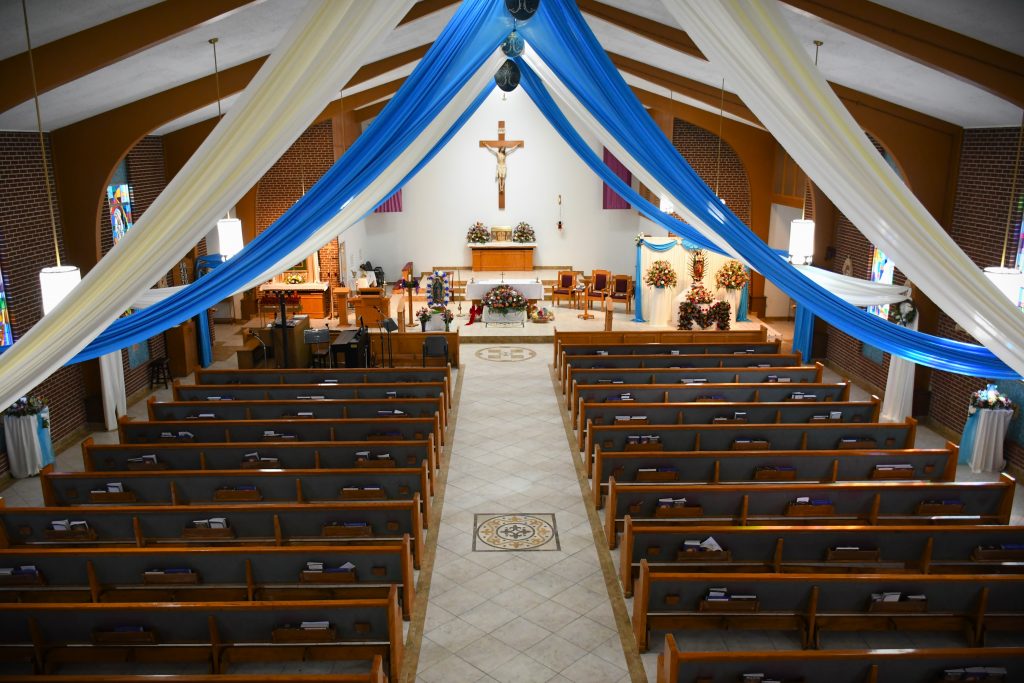The History of the Divine Mercy Chaplet
In 1935, St. Faustina received a vision of an angel sent by God to chastise a certain city. She began to pray for mercy, but her prayers were powerless. Suddenly she saw the Holy Trinity and felt the power of Jesus’ grace within her. At the same time she found herself pleading with God for mercy with words she heard interiorly: Eternal Father, I offer You the Body and Blood, Soul and Divinity of Your dearly beloved Son, Our Lord Jesus Christ, in atonement for our sins and those of the whole world; for the sake of His sorrowful Passion, have mercy on us. The next day, as she was entering the chapel, she again heard this interior voice, instructing her how to recite the prayer that our Lord later called “the Chaplet.” This time, after “have mercy on us” were added the words “and on the whole world”. From then on, she recited this form of prayer almost constantly, offering it especially for the dying. Encourage souls to say the Chaplet which I have given you. Whoever will recite it will receive great mercy at the hour of death. When they say this Chaplet in the presence of the dying, I will stand between My Father and the dying person, not as the just Judge but as the Merciful Savior.
Prayed on ordinary rosary beads, The Chaplet of The Divine Mercy is an intercessory prayer that extends the offering of the Eucharist, so it is especially appropriate to use it after having received Holy Communion at Holy Mass. It is also appropriate to pray the Chaplet during the “Hour of Great Mercy” — three o’clock in the afternoon (recalling the time of Christ’s death on the cross). In His revelations to St. Faustina, Our Lord asked for a special remembrance of His Passion at that hour.


